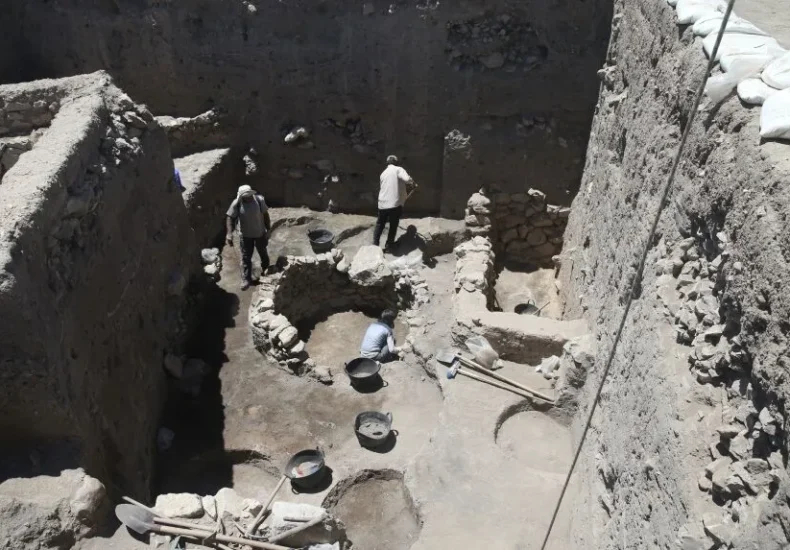
Traces of Assyrian Trade Colonies Emerging in Türkiye’s Yassı Höyük: Are Written Tablets on the Horizon?
Excavations at Yassı Höyük, located in the Afşin district of Kahramanmaraş, Turkey, are shedding light on layers potentially dating back to the Assyrian Trade Colonies Period. Excavation director Assoc. Prof. Dr. Elif Baştürk expressed growing excitement: “We’re wondering — are we getting close to written sources? Could we uncover tablets or other records?”
Launched in 2021 under the supervision of Türkiye’s Ministry of Culture and Tourism and led by Assoc. Prof. Dr. Elif Baştürk, archaeological excavations at Yassı Höyük continue to reveal remarkable findings. The most recent discoveries point to layers from the Late Bronze Age, specifically associated with the Hittite Period. However, what truly excites archaeologists is the possibility of reaching even earlier strata linked to the Assyrian Trade Colonies Period — a time marked by the use of written tablets and administrative documentation.
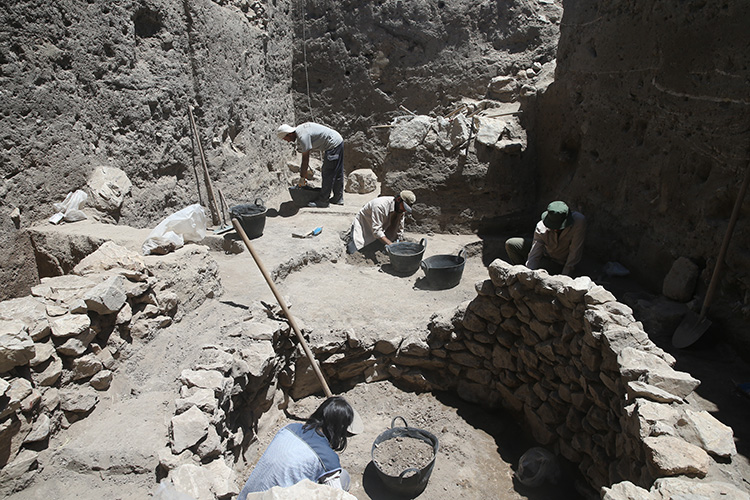
Uncovering Clues Beneath Hittite Structures
During the 2024 excavation season, archaeologists unearthed a partially preserved room from a large structure, as well as a stone-built silo believed to have been used for storage. These findings indicate organized settlement and economic activity in the region.
“The architecture suggests continuity through various historical periods,” said Dr. Baştürk. “We believe that beneath the current levels, we may reach the Assyrian Trade Colonies Period — a historically critical era in Anatolia, characterized by the widespread use of written tablets.”
📣 Our WhatsApp channel is now LIVE! Stay up-to-date with the latest news and updates, just click here to follow us on WhatsApp and never miss a thing!!
A Numerical Tablet Discovery Rekindles Hopes
Last year, researchers discovered a numerical tablet believed to be a kind of early receipt or inventory log. Likely created by someone who could not read or write, the artifact may have served as a rudimentary record of stored goods.
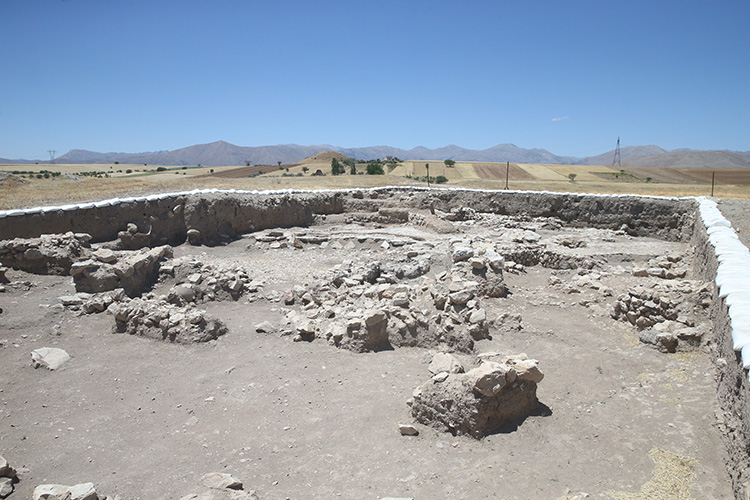
It was found in association with a large building and adjacent silos, dating back to the Late Bronze Age. “That small clay tablet gave us hope,” said Baştürk. “It showed we’re approaching a time when written sources were becoming common.”
9 Major Layers and 8,000 Years of Settlement History
So far, the team has identified nine major cultural layers, ranging from 6000 BCE to 275 CE. Each layer contains multiple subphases, revealing long-term occupation and transition through different civilizations.
In past seasons, archaeologists uncovered a Roman basilica at the uppermost level (2022), and parts of an Achaemenid administrative complex in 2022–2023, which was expanded during the 2024 campaign. Work in the site’s center is now exposing the transitional phase between the Middle Iron Age and Late Bronze Age.
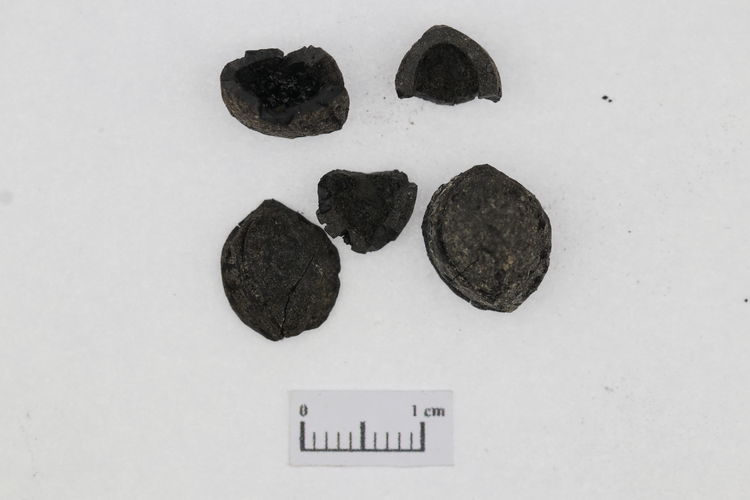
Why Yassı Höyük Matters
Yassı Höyük lies along what researchers believe was a crucial route of the ancient Assyrian merchant colonies, making it an essential candidate for uncovering written records in Old Assyrian cuneiform.
“The Afşin-Elbistan region was home to several important ancient cities along these trade routes,” said Baştürk. “If we uncover tablets here, it could redefine our understanding of administrative and economic systems in ancient Anatolia.”
A Site of Global Archaeological Interest
With every excavation season, Yassı Höyük is becoming a focal point for researchers interested in early literacy, urbanization, and trade networks in the ancient Near East. As anticipation builds for reaching Assyrian-era strata, all eyes are on what this unique site might reveal next.
You may also like
- A 1700-year-old statue of Pan unearthed during the excavations at Polyeuktos in İstanbul
- The granary was found in the ancient city of Sebaste, founded by the first Roman emperor Augustus
- Donalar Kale Kapı Rock Tomb or Donalar Rock Tomb
- Theater emerges as works continue in ancient city of Perinthos
- Urartian King Argishti’s bronze shield revealed the name of an unknown country
- The religious center of Lycia, the ancient city of Letoon
- Who were the Luwians?
- A new study brings a fresh perspective on the Anatolian origin of the Indo-European languages
- Perhaps the oldest thermal treatment center in the world, which has been in continuous use for 2000 years -Basilica Therma Roman Bath or King’s Daughter-
- The largest synagogue of the ancient world, located in the ancient city of Sardis, is being restored

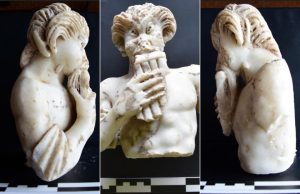
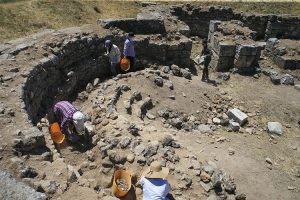
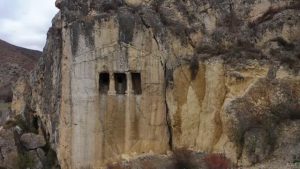
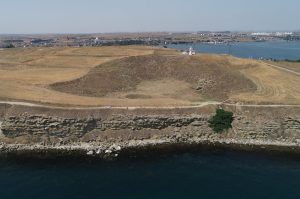
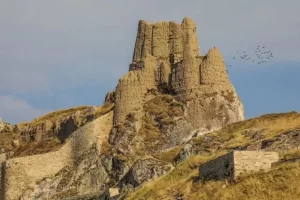
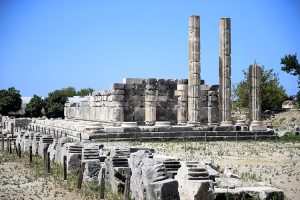
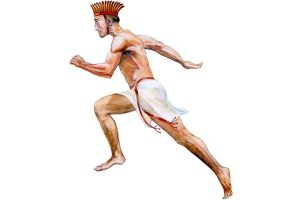

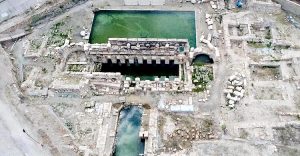
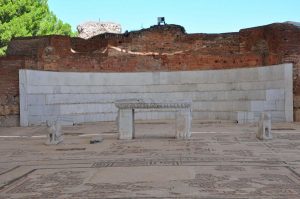
Leave a Reply